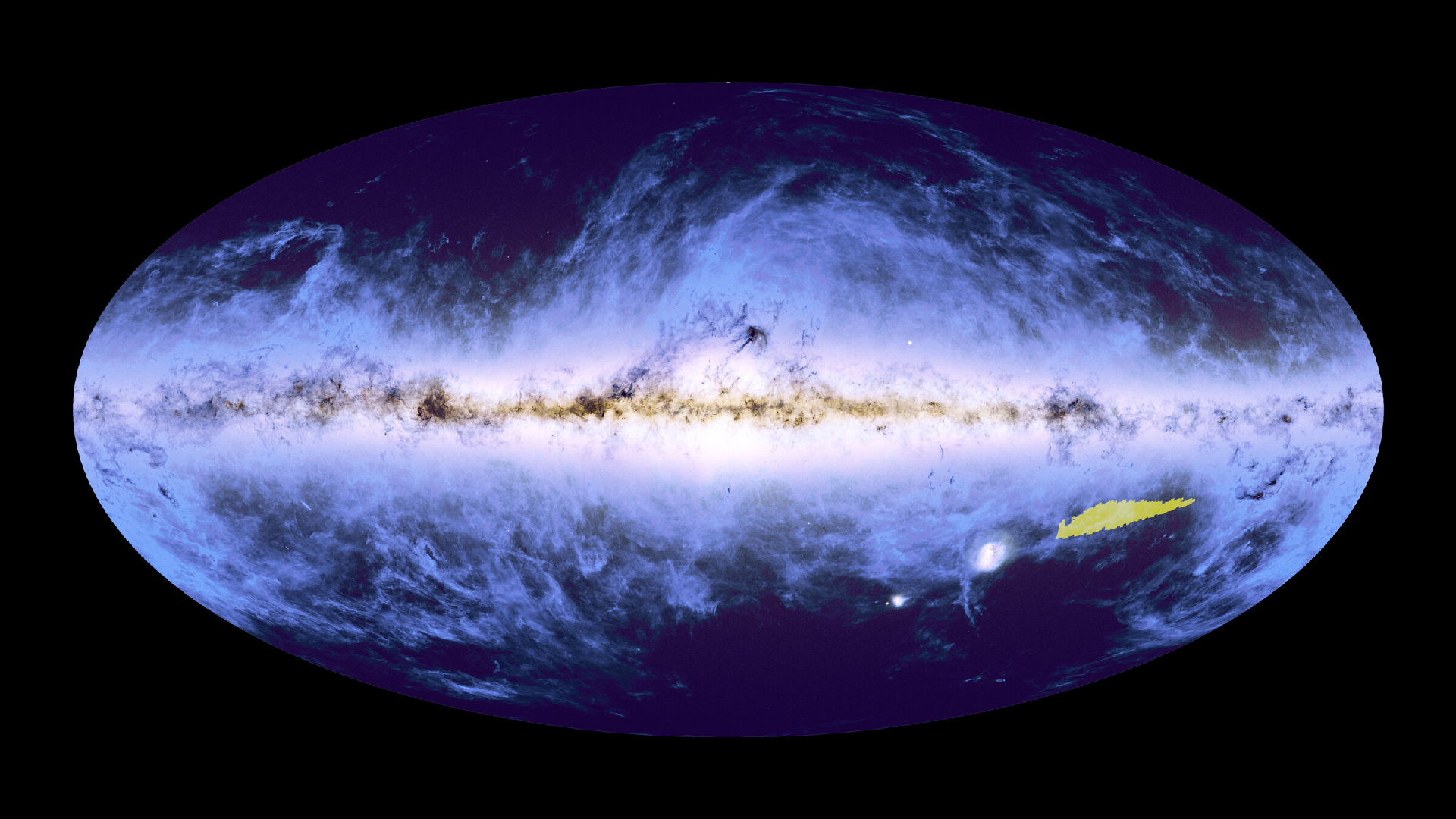Animals, Vol. 13, Pages 1162: Comparison of Venous Blood Gas and Biochemical Parameters in Sunda Pangolin (Manis javanica) and Chinese Pangolin (Manis pentadactyla) before and after Isoflurane Anesthesia
Animals doi: 10.3390/ani13071162
Authors: Fuyu An Hongmei Yan Xuelin Xu Yingjie Kuang Xianghe Wang Zhidong Zhang Zhenyu Ren Jiejian Zou Fanghui Hou Kai Wang Yan Hua
Venous blood gas analytes are commonly examined in animals, and the results may be important when evaluating the overall health status of an animal. Pangolins are critically endangered mammals, and there is limited information on their physiological reference values in the literature. The aim of this study was to analyze venous blood gas and biochemical parameters before and during isoflurane anesthesia in wild healthy Sunda and Chinese pangolins. The results obtained showed that the blood gas index trends of the two pangolin species before and after isoflurane anesthesia were the same. After anesthesia, the partial pressure of carbon dioxide (pCO2), partial pressure of oxygen (pO2), total carbon dioxide (CO2), mean blood bicarbonate (HCO3−), extracellular fluid compartment (BEecf) base excess and the mean blood glucose (Glu) levels of both pangolin species showed a significant increase compared to the pre-anesthesia period. In contrast, the mean blood potassium (K+), lactate (Lac) and mean blood pH levels were significantly lower. No significant differences in the mean blood sodium (Na+) or blood ionized calcium (iCa) levels were observed during anesthesia. This study is important for future comparisons and understanding the health status of this endangered species.

 1 year ago
28
1 year ago
28


